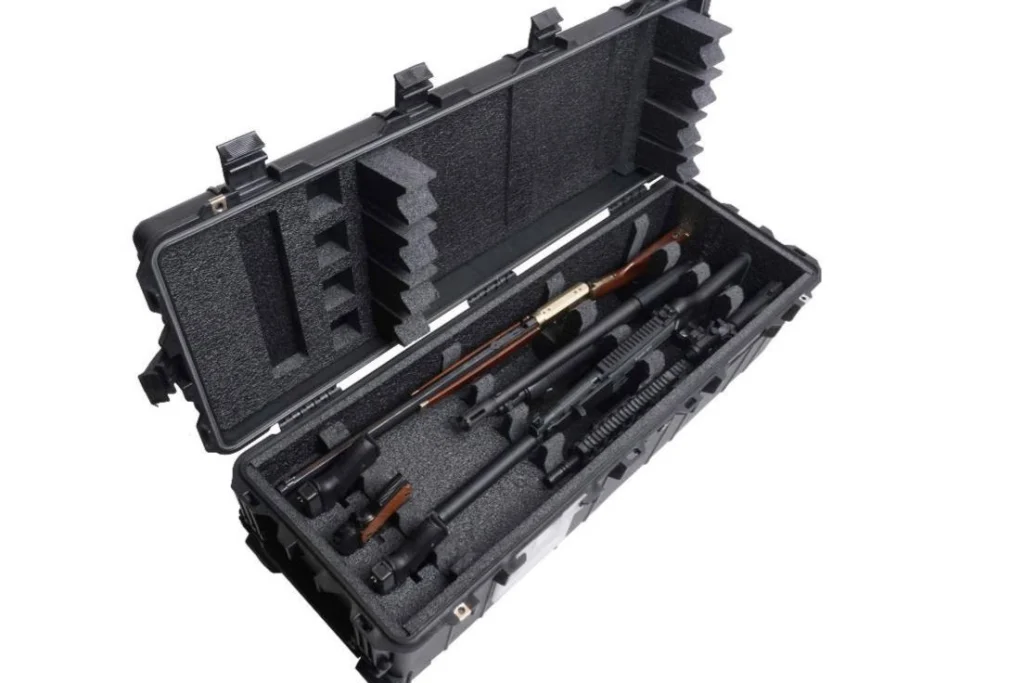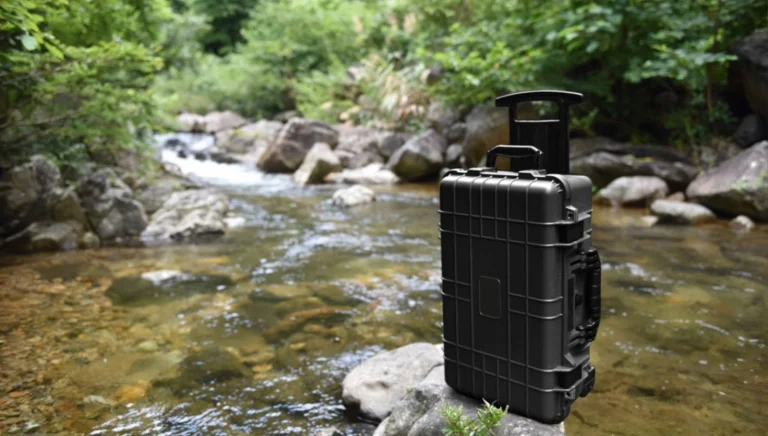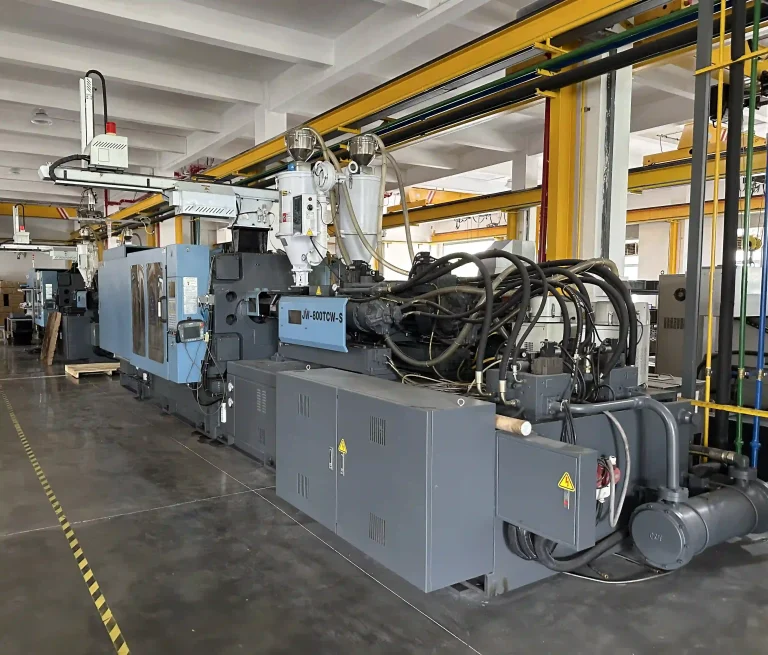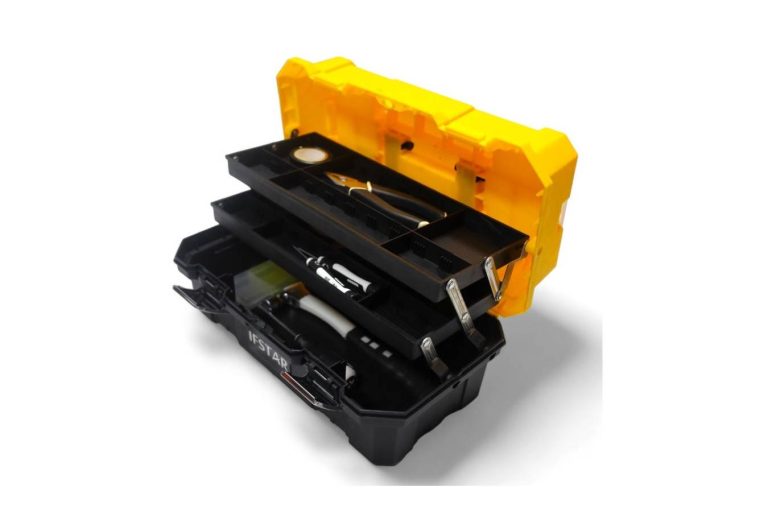Picking the right foam for your 銃ケース is just as big a deal as choosing the case itself. Hunters, cops, or gun fans need to know their foam options to keep their gear safe and lasting. The top foams are PE (Polyethylene) and PU (Polyurethane). Each has its own perks depending on what you need.

Lately, world troubles—like the Russia-Ukraine fight and Israel-Hamas issues—have changed how defense and security folks see protective packing. With more call for tough, weather-proof carry cases, makers are leaning on high-end foams. These stand up to shakes, bumps, and rough settings. From field missions in Eastern Europe to tactical work in the Middle East, the right foam can save your gear or let it break in harsh spots.
Understanding PE Foam Used in Gun Cases
PE foam, or Polyethylene foam, is a closed-cell stuff known for being tough and water-proof. It fights off chemicals too. Its firm build gives great bump protection and holds up under pressure. That makes it perfect for high-impact shielding.
Since it’s closed-cell, PE foam doesn’t soak up water. This is awesome for places where wet is a worry. It’s often used in waterproof cases or rugged carry boxes because it’s stiff and bounces back under stress. Its thick build keeps its shape over time, even with lots of use. That’s why it’s a go-to for pro-grade carry cases in military, defense gear, and tech systems.
No matter the type of case your application requires, we have you covered. Choose from hundreds of styles of cases — a list that includes carrying cases, shipping cases, road cases, rackmount cases, waterproof cases, and camera cases, flight cases — in various sizes and materials.
Understanding PU Foam Used in Gun Cases
PU foam—or Polyurethane—is an open-cell foam. It’s soft and bendy. Unlike PE foam, PU feels spongy and molds easy to stuff placed in it. This makes it great for padding delicate bits like optics or extras that need gentle care instead of hard support.
Its open-cell build lets air move through but can hold water over time. It’s not as tough as PE foam for heavy hits or loads. But PU shines at guarding surfaces from scratches or small dings. Lots of gun owners pick PU foam for custom insides with “pluck-and-pull” setups since it’s easy to cut.
PE vs PU Foam in Gun Cases — Key Differences
PE and PU foams differ in build, performance, and job fit:
- Cell Build: PE is closed-cell; PU is open-cell.
- Hardness: PE is stiffer; PU is softer and more shapeable.
- Water Fight: PE blocks water; PU can soak it up.
- Toughness: PE takes big hits better; PU wears out faster under weight.
- Custom Ease: PU cuts easy by hand; PE needs tools like hot wire cutters.
- Job Focus: PE fits rough outdoor or tactical use; PU suits indoor storage or light carry.
These differences make each foam right for certain gun cases based on what you need—whether it’s max bump protection for travel or soft padding for still storage.
When to Choose PE Foam for Gun Cases
Go for PE foam when your gun storage needs strong hit resistance and weather toughness. If you’re hauling guns by plane or through rough lands—or storing them in wet spots—PE’s water-proof trait gives top protection.
It’s a great match for waterproof hard-shell gun cases used by pros like soldiers or field techs. With world tensions up and missions crossing all sorts of climates, PE foam is the top pick for trusty protection in tough spots.
Providing the rich options for customers. Wide ranges of products to apply for multi-industry, defense, sensor equipment, and ground stations.
PE foam also holds its shape well over time, even with repeated stress. That makes it great for long-term use where steady protection matters.
When to Choose PU Foam for Gun Cases
Pick PU foam when you need soft padding for light guns or extras that don’t need heavy hit protection. Its bendy nature is perfect for shaping insides with pluck-and-pull setups. This suits hobbyists who want custom storage without fancy tools.
PU works well in camera-style gun cases or other gun cases where looks and flexible layout beat ruggedness. But watch out for long wet exposure since PU can hold water over time.
Combining PE and PU Foam in Gun Cases
Some high-end setups mix both foams in one case to use their best traits. For example:
- A firm PE base layer gives solid build strength.
- A soft PU top layer pads delicate bits like optics or scopes.
This mix-and-match gives both bump protection and gentle support. It’s super handy in multi-slot gun carry systems where different items need different care levels.
We are dedicated to producing high-quality waterproof cases that meet professional and tactical demands in every environment.
Mixing foams can also balance cost and performance. Use high-end stuff only where it’s needed most.
How to Cut and Maintain PE or PU Foam for Gun Cases
Good custom cuts make your gun case’s inside layout work best:
- Cutting PE Foam: It’s dense and stiff. You’ll need tools like electric carve knives or hot wire cutters. Clean cuts make tight fits around guns.
- Cutting PU Foam: Way easier to shape with simple stuff like box cutters or scissors. Great for DIY tweaks with pre-scored pluck-and-pull grids.
Care Tips:
- Keep both foams from long sun exposure.
- Avoid oils or solvents that can wreck the material.
- For PU foam, store in dry spots to dodge mold from water soak.
- Check often to keep protection strong, no matter the foam.

Final Thoughts — Choosing the Best Foam for Gun Cases
Picking between PE and PU foams depends on how you’ll use your gun case from IFSTAR. If you need tough protection for harsh trips in rough settings—especially with heavy weapons—PE gives top toughness and water fight. But if you want gentle handling for delicate bits with easy shaping at home or range—PU offers comfy padding at lighter weight.
Knowing these material traits helps users pick the right foam for all gun cases—from tactical road-ready boxes to casual carry packs. In a world where safety, move, and trust matter more than ever, the right foam isn’t just stuff—it’s part of staying strong globally.
FAQについて
Q: What’s the best foam for gun cases?
A: It depends on your gun use. PE foam is tops for rugged, outdoor, or tactical jobs. Its closed-cell build fights water. PU foam is better for indoor or display cases where light flexibility and custom ease matter most.
Q: What’s the main difference between PE and PU foam?
A: PE (Polyethylene) foam is firm, closed-cell, and blocks water. It’s great for bump protection and long wear. PU (Polyurethane) foam is soft, open-cell, and easy to shape. It cushions delicate extras. In short: PE guards hits; PU pads scratches.
Q: Is closed-cell foam better than open-cell foam for gun cases?
A: Yup, closed-cell foam like PE usually gives better water, dust, and pressure defense. It’s tougher and holds shape longer. Open-cell PU foam lets air through and feels softer but can soak water. It’s less fit for rough spots.
Q: Can I combine PE and PU foam in the same gun case?
A: Totally. Many pro-grade gun cases mix foams. A thick PE base gives build strength. A PU top layer adds soft padding. This blend balances hit resistance and comfort for the best of both.




